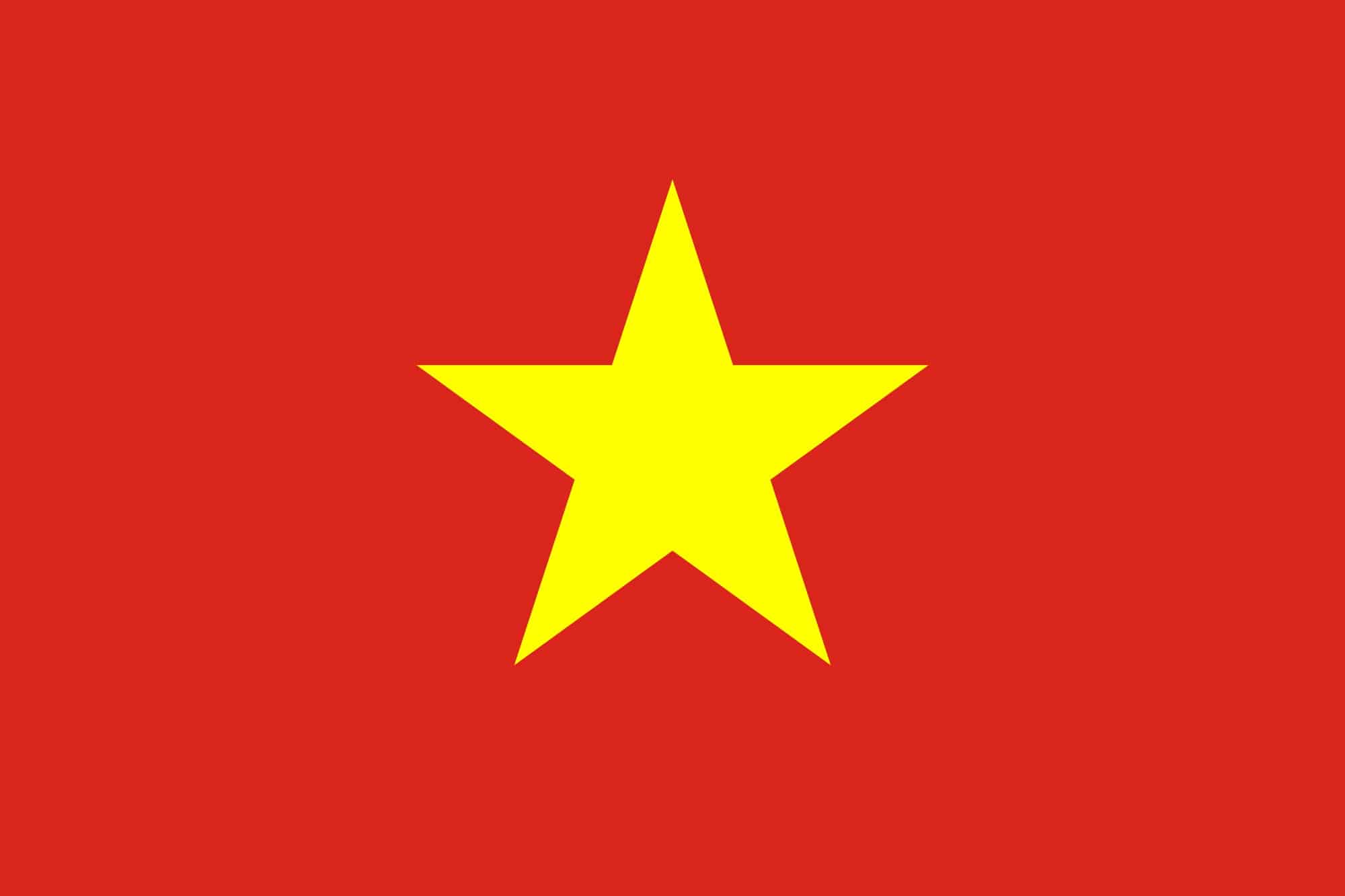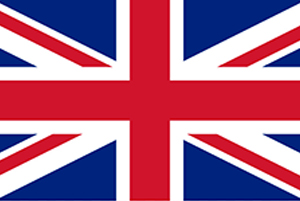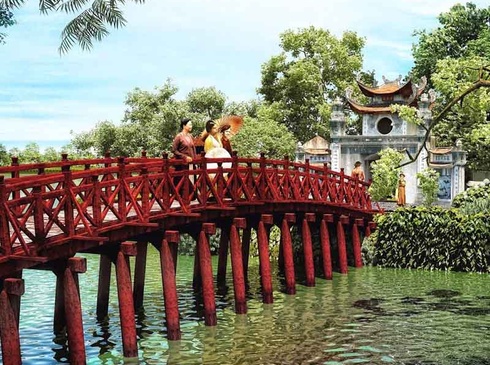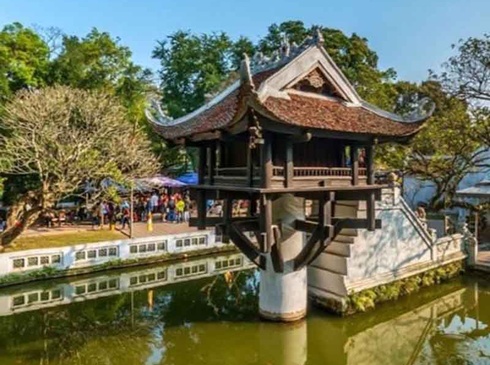Explore the Magnificent Vietnam Topography
Vietnam is an incredible country that has a diverse and unique topography. From towering mountains to serene beaches, Vietnam's natural landscape is magnificent and captivating. The topography of Vietnam is the outcome of varying terrains, weather conditions, geology, and other environmental factors. Let's dive deep into the topography of Vietnam and explore what makes it so special.
.jpg)
Coastal Plains and Highlands
Vietnam has a picturesque coastal plain that runs along the entire length of the country. The coastal plains are relatively flat but have some hills that rise a few hundred meters above sea level. The highlands are usually steep, rugged, and mostly covered by dense forests. The Vietnamese highlands are mammoth, covering almost three-quarters of the country. This region makes for some marvellous drives through mesmerizing landscapes, featuring lush green hills, cascading waterfalls, and ethnic minority villages.
The Mekong Delta
The Mekong Delta is another topographical feature that is unique to Vietnam. This fertile area in Southern Vietnam is crisscrossed by a sprawling network of waterways. The Mekong Delta is often referred to as the "Rice Bowl" of Vietnam since most of the country's rice is produced here. The region's topography is characterized by vast rice paddies, canals, mangrove forests, and floating markets that sell an array of tropical fruits and seafood.
.jpg)
The Central Highlands
The Central Highlands region of Vietnam is located inland from the coast and is home to a tranquil and verdant landscape. The highlands are full of pristine lakes, scenic waterfalls, and mountain peaks. The rugged terrain is covered by dense forests, coffee plantations, and rice paddies, making it a great place to slow down and enjoy nature.
The North - Mountains and Karst Formations
The northern region of Vietnam is dominated by steep mountains and towering karst formations. This region is known for its breathtaking peaks, lush forests full of wildlife, and stunningly scenic valleys. Famous for its sweeping landscapes and cultural diversity, this region is a hiker's paradise. The topography is not only stunning but also varied, with some areas having steep mountainous terrain, others having hills, and some valleys.
.jpg)
The East - Beaches and Islands
Vietnam also boasts of plenty of beaches along the Eastern coastline. The beaches here are perfect for sunbathing, swimming, and enjoying watersports. You can also visit the beautiful islands that dot the coastline and experience crystal-clear waters, white sandy beaches, and coral reefs. The topography around Vietnam's eastern coastline is pristine and scenic, the perfect contrast to the hustle and bustle of the cities.
Conclusion:
Vietnam’s topography provides a unique experience for visitors. It showcases an array of diverse natural habitats and species. The topography of Vietnam allows visitors to witness the beauty of its scenery, cultural diversity, and natural resources, all of which make it a perfect destination for tour enthusiasts and other lovers of nature. If you plan to visit the wonders of the Asian landscape, Vietnam is a must-see destination. So, pack your bags and get ready to experience the breathtaking topography of Vietnam.







